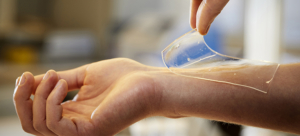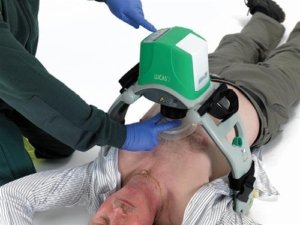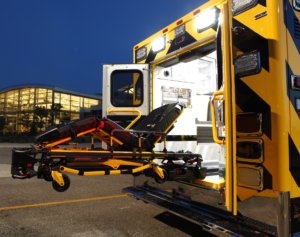Modern Innovations for Paramedics
Modern Innovations for Paramedics
At Diac Medical we specialize in selling Refurbished Medical Ambulance Equipment. You can count on this, because we sell trustworthy products. Find out more here.
But did you know about the ways life has changed for paramedics, possibly increasing chances of survival and care for the patient?
Technology overall has changed a lot. Manufacturers are able to make devices smaller. Communication and data have been made easier to share in new, practical ways. The new technological advances for paramedics often come from sectors like the entertainment industry or the military. The EMS Services might not advance as fast, but has led to the way paramedics operate.
Here are a few examples of the ways the area of medical technology has changed the last decade.
Chest Compression Device
Most Paramedics work in pairs, but one is usually occupied with driving. Sometimes a patient might need extra attention during transport and then a paramedic could use some extra help. CPR, for example, can take up to an hour and also limits the paramedic from performing other actions. These could be actions like administering an IV or monitor critical statistics. Equipment like the LUCAS 2 (Lund University Cardiopulmonary Assist System) can take over chest compressions and allow the paramedic to take other courses of action to assist the patient even better. This device provides electrically powered, effective, consistent and uninterrupted chest compressions.
In this study, it showed that such Automated CPR resulted in a higher rate of survival to hospital compared with manual CPR. Out of a 164 cases, Automated CPR was had a survival rate of 29% while manual CPR had 18%.
You can find the Lucas 2 Chest Compression System it here.
Hydraulic Stretcher Systems
Another advancement that hs been made are hydraulic equipped stretchers, that allow the caretaker to maneuver the patient without any injuries and less strain. The most common injuries suffered by EMS personnel are back injuries, which are in turn most commonly caused by lifting. By the press of a button the system can take over heavy lifting or lowering. By using this system, patient transportation in or out of the ambulance can also be faster and easier. According to a study by the University of Waterloo, powered stretchers could reduce the number of injuries to paramedics by a big 78 percent. Although, the system might seem like a costly investment, they can already make up for this after 7 years, saving money from possible injury related hospital bills.
At Diac Medical we sell the highly valued system by Stryker:
You can find the STRYKER Power-PRO XT Stretcher + Power-LOAD System here.
Video Laryngoscope
Another example is the more recently developed piece of technology: A video laryngoscope. This instrument can be used for indirect tracheal intubation in difficult airway situations.
It improves the task of tracheal intubation – allowing oxygen into a patient’s system– but is also equipped with a camera screen on the device to allow for a constant view of a patients trachea, making intubation easier and safer.
Look at this demonstration to get a better idea of a newly released video laryngoscope, explaining the use of the video larynx.
Hydrogel Wound Treatment
A more recent discovery is a Hydrogel Wound Treatment Dressing. What makes this special is that this antibacterial hydrogel can kill antibiotic-resistant bacteria. The wound dressing is made out of material that is composed of antimicrobial peptides which are naturally produced by the immune system.
This is a direct reaction to the growing problem of antibiotic resistance. Resistant bacteria can cause infections that are very difficult to find proper treatment for. The risk is much lower for bacteria to develop resistance against and can prevent further infections.
The peptides are very effective, but degrade fast when they come into contact with blood. Combining it with protective hydrogel slows the decline of peptides.

Hydrogel Wound Treatment for Antibiotic Resistant Bacteria
Still to come!
Other interesting improvements that are expected to be implemented in the near future are the following:
- Point-of-care labs and portable imaging: A paramedic might be able to run more field tests and make use of augmented reality or other forms of imaging.
- Smart, driverless ambulances. These vehicles are already being tested in the U.S.
- More use of Voice Activation. For example, a caregiver could tell an AED to mark an event or a Defibrillator to start an ECG Printout.
This could reduce some needless physical interactions and precious time.
Find out more here about these latest developments.
Although these new technical inventions have made life easier for paramedics, Diac Medical realises there is no substitute for human intuition. Paramedics and their abilities to help the people who call them make the biggest difference. We appreciate the healthcare workers who work hard at their jobs!

